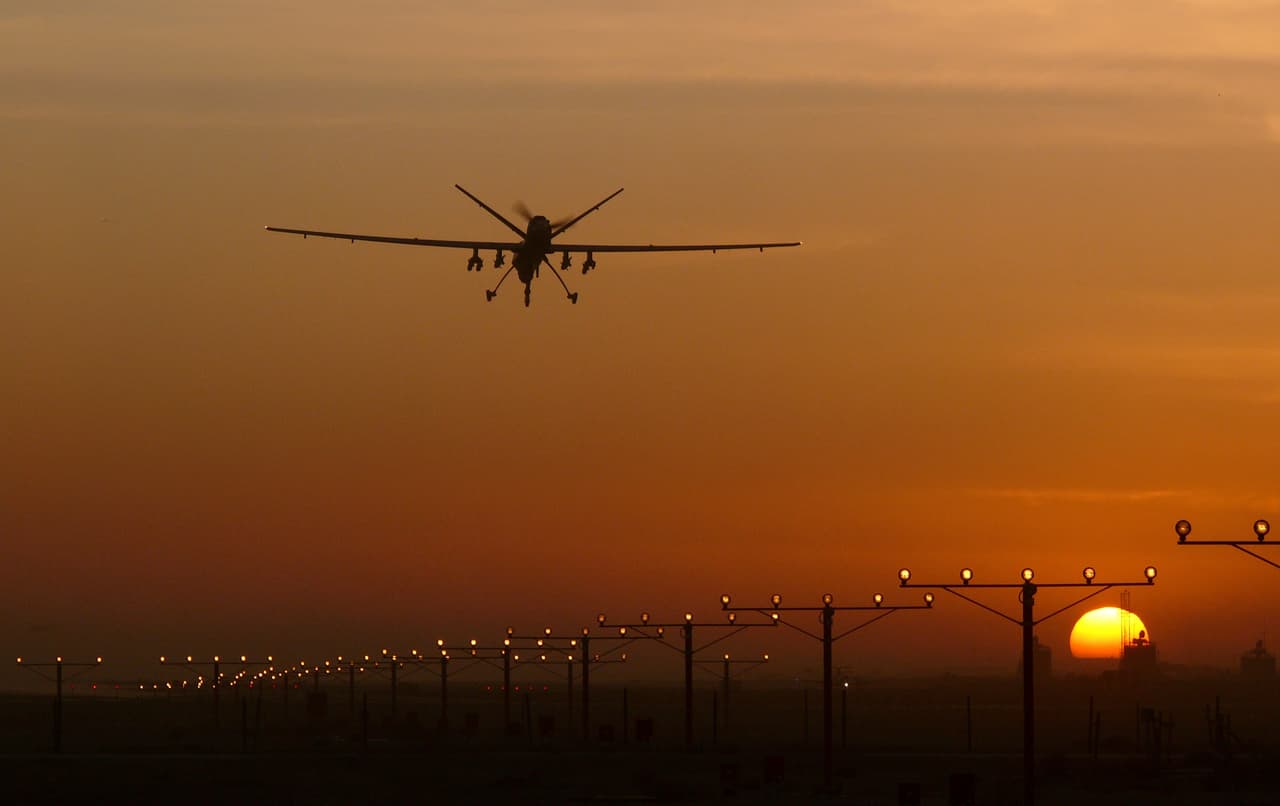
CIA drone strikes resume in Pakistan after five-month pause
Two drone strikes have hit North Waziristan in Pakistan’s tribal northwest, reportedly killing 16 people and ending the longest pause in drone strikes of Obama’s presidency.
Prior to these attacks there had not been a drone strike in Pakistan since Christmas Day. The Pakistani government had requested that the US stop carrying out strikes to allow peace talks with the Pakistani Taliban (TTP) to take place, sources close to the negotiations told the Bureau in February.
But terrorist attacks and retaliatory air strikes by the Pakistani military continued throughout the peace talks, killing hundreds including civilians.
Any hope of the talks continuing ended on Sunday when the TTP launched an audacious ‘joint operation‘ attacking Karachi airport, with members of the Islamic Movement of Uzbekistan (IMU), a group with a strong presence in North Waziristan. The five-hour assault killed at least 39, according to the BBC.
On Wednesday evening, the drone strikes resumed.
Get the data: Obama 2014 Pakistan drone strikes
The first attack hit a vehicle and houses in a village to the west of Miranshah, the main town of North Waziristan Agency in Pakistan’s tribal belt. A local told NBC News the attack targeted a moving vehicle but also damaged two houses. A security official told AFP the vehicle was parked outside a house and both were hit in the strike. Up to six were reportedly killed. Unnamed local officials told reporters the dead included Uzbek militants and either members of the Punjabi Taliban or the Haqqani Network.
An unnamed ‘senior intelligence official’ told AFP that following the strike, intercepted communications revealed: ‘One of the militants was asking others to reach the site and search for any one injured in the strike and also to dig out the dead bodies.’
Hours later drones attacked again, reportedly killing at least 10 alleged militants in the early hours of Thursday morning.
Reports disagreed over the details of this second strike, with AFP reporting that the drones targeted men who were digging out bodies at the site of the previous strike – a tactic previously exposed by the Bureau. ‘Three US drones fired six missiles on militants who had gathered to dig the debris of a compound,’ a security official told AFP. Two vehicles were also hit, he added. PTI also reported that the strike was at the site of the earlier attack, although it did not mention an attack on rescuers.
Related article – Bureau investigation finds fresh evidence of CIA drone strikes on rescuers
NBC News also reported that the attack took place in the same village as the previous strike, adding that it hit a house where explosives were being stored. ‘I never heard such a huge and deafening blast,’ Miranshah resident Javed Khan said. ‘It jolted the entire tribal region, and everybody thought [the] house was targeted.
But other reports, citing locals, said missiles hit four separate houses and a pick-up truck in Dande Darpakhel. Intelligence officials and locals described seeing five to ten drones overhead.
None of the dead were identified by name.
Unnamed intelligence officials told Associated Press the attack targeted the Haqqani Network, the militant group that held US soldier Bowe Bergdahl captive until his release in a controversial prisoner swap earlier this month. The LA Times and others suggested the release had eased the way to a resumption in strikes as US officials had previously feared drone strikes could ‘result in Bergdahl’s death’.
The strikes come shortly after the Pakistani defence minister called for a full-scale military operation against the TTP in North Waziristan, telling a TV interviewer: ‘The talks option has been pursued with sincerity by the government, but no result has come.’
The Pakistani foreign ministry issued a statement condemning the attacks as a ‘violation of Pakistan’s sovereignty’ – a step that has become routine in recent years. The statement added: ‘Additionally, these strikes have a negative impact on the Government’s efforts to bring peace and stability in Pakistan and the region.’
But two unnamed ‘top government officials’ told Reuters the strikes were ‘launched with the express approval of the Pakistan government and army’.
One told the agency: ‘It is now policy that the Americans will not use drones without permission from the security establishment here. There will be complete coordination and Pakistan will be in the loop. We understand that drones will be an important part of our fight against the Taliban now.’
UPDATE: The first line originally stated that this was the longest pause of the 10-year campaign. It wasn’t. This has been amended.
Follow Alice Ross on Twitter. Sign up for monthly updates from the Bureau’s Covert War project and subscribe to our podcast, Drone News from the Bureau.


